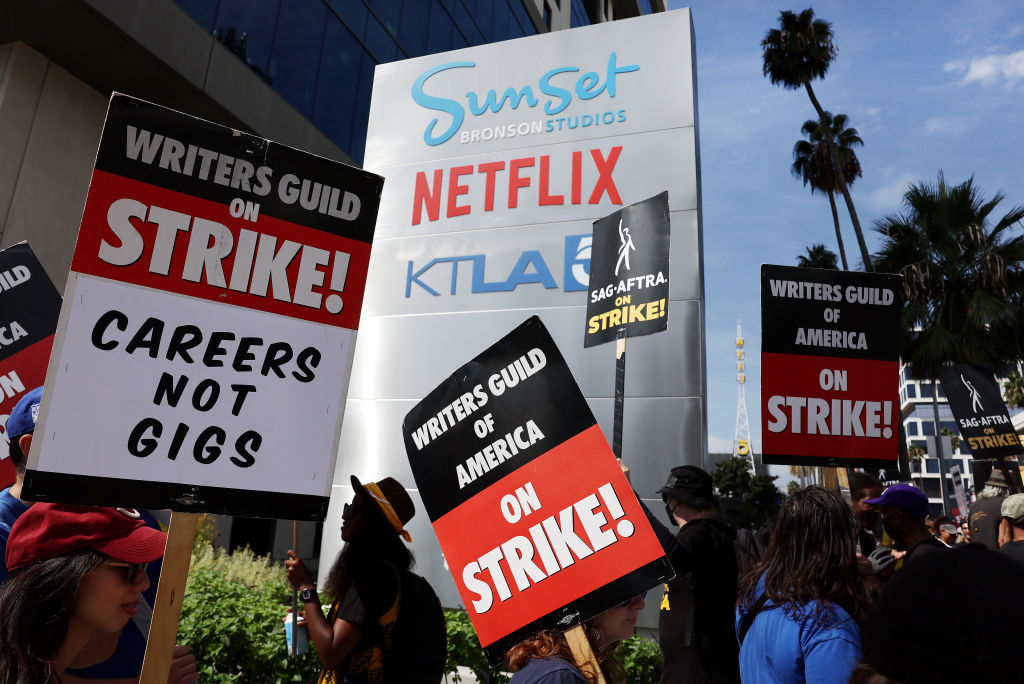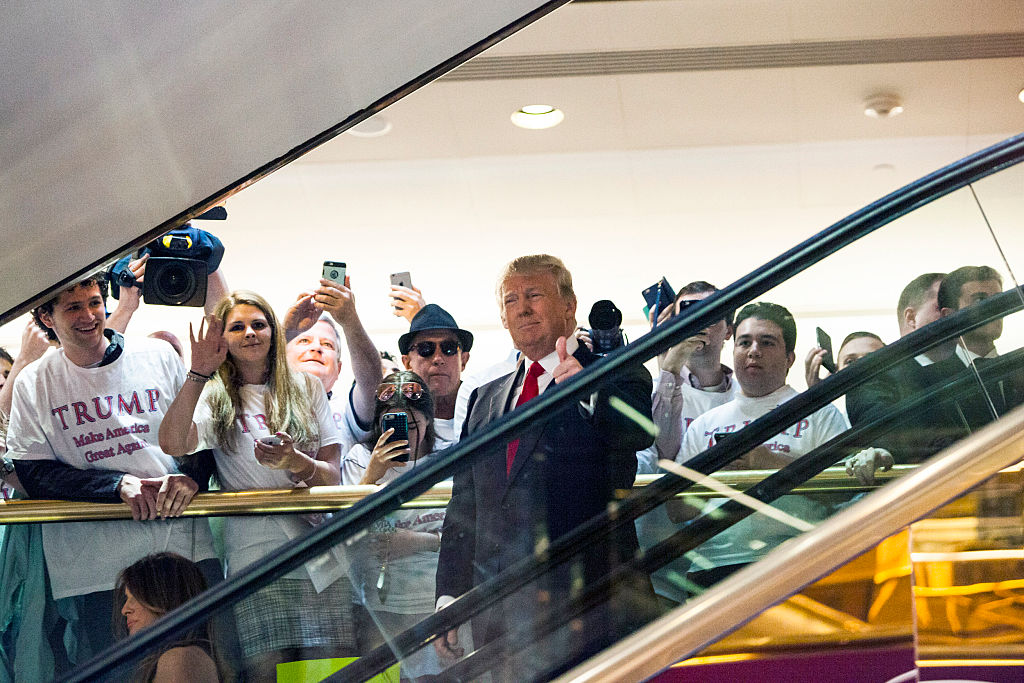At last, there is the Hollywood equivalent of white smoke in the Vatican. After nearly five months, the writers’ strike has at last — tentatively — been resolved, as the Writers’ Guild of America have agreed to terms with the studios, as represented by the Alliance of Motion Picture and Television Producers (AMPTP).
The terms have not yet been publicly disclosed, but are said to be surprisingly generous, and favor the writers. It has been suggested that their major demands have all been met, including improved residual payments on streaming services, an increased number of writers employed on shows and, most importantly for many both financially and artistically, a curb on the way in which AI might be used to generate scripts and screenplays. The cynical might argue, after having watched the likes of The Flash, that a computer program could scarcely do a worse job than a human writer.
At first glance, this suggests that business as usual can resume. While the agreement still needs to be ratified by the various branches of the WGA, once a deal is reached, then writers will be able to get back to work, and the most obvious result of this will be that such popular shows as Saturday Night Live, which would be nothing without its writers, will be able to recommence broadcasting in the next few weeks, albeit with a more limited range of guest stars and hosts than they might have previously been able to draw upon. And, looking to the long term, studios will once again be able to develop projects that have been in the deep freeze for the past 146 days: the big-name likes of Christopher Nolan, who announced that they would not be working on any screenplays during the WGA strike, will now be able to begin writing once more.
There is, though, one apparently insurmountable problem that the industry still faces, and that is the actors’ strike, which began two months ago and shows no immediate signs of being resolved. Although many of the issues at its heart are the same, such as a demand for increased residuals and a concern about AI representation, the crucial difference is that without actors — or “cattle” as Alfred Hitchcock contemptuously described them — the entire film and television industry grinds to a close. Whether it’s the postponed release of such eagerly awaited films as Dune 2, or a simple inability to continue production on what should have been next year’s blockbusters, including Gladiator 2, Wicked and the final Mission: Impossible picture, there is the undeniable issue that, before long, there will be no new films left to release.
Nor will the situation be alleviated when the actors’ strike is resolved, whatever terms are agreed with the studios. While most major stars remain committed to the projects that they were filming before the strike, beneath-the-line contributors, ranging from visual effects technicians to editors and composers, will find themselves torn between projects that they have signed up to. This will mean that either the release of high-profile films is delayed for months, even years — 2025 will be busy — or the post-production period will be so rushed and shoddy that the results will be laughably bad. If you thought that the CGI in the latest Ant-Man film, to name a notable offender, was sub-par, then you ain’t seen nothing yet.
The arrangement that the WGA has come to with the studios is broadly welcome, not least because it seems as if David has, for once, overcome Goliath. It is hard, also, for anyone not to be on their side when it comes to livelihoods being threatened by the unstoppable rise of technology. But for anyone who loves cinema, and is fearful that the industry is threatened by a gradual slide into obsolescence and irrelevance, this is a warning that this matter is a very long way away from being resolved.

























